complex artistic mysteries
The Mural of America sheds new light on our American heritage through the lens of rock art.
Stephen Alvarez and extraordinary teams of Native and non-Native experts explore the stories embedded in remarkable rock art sites around the continental U.S.
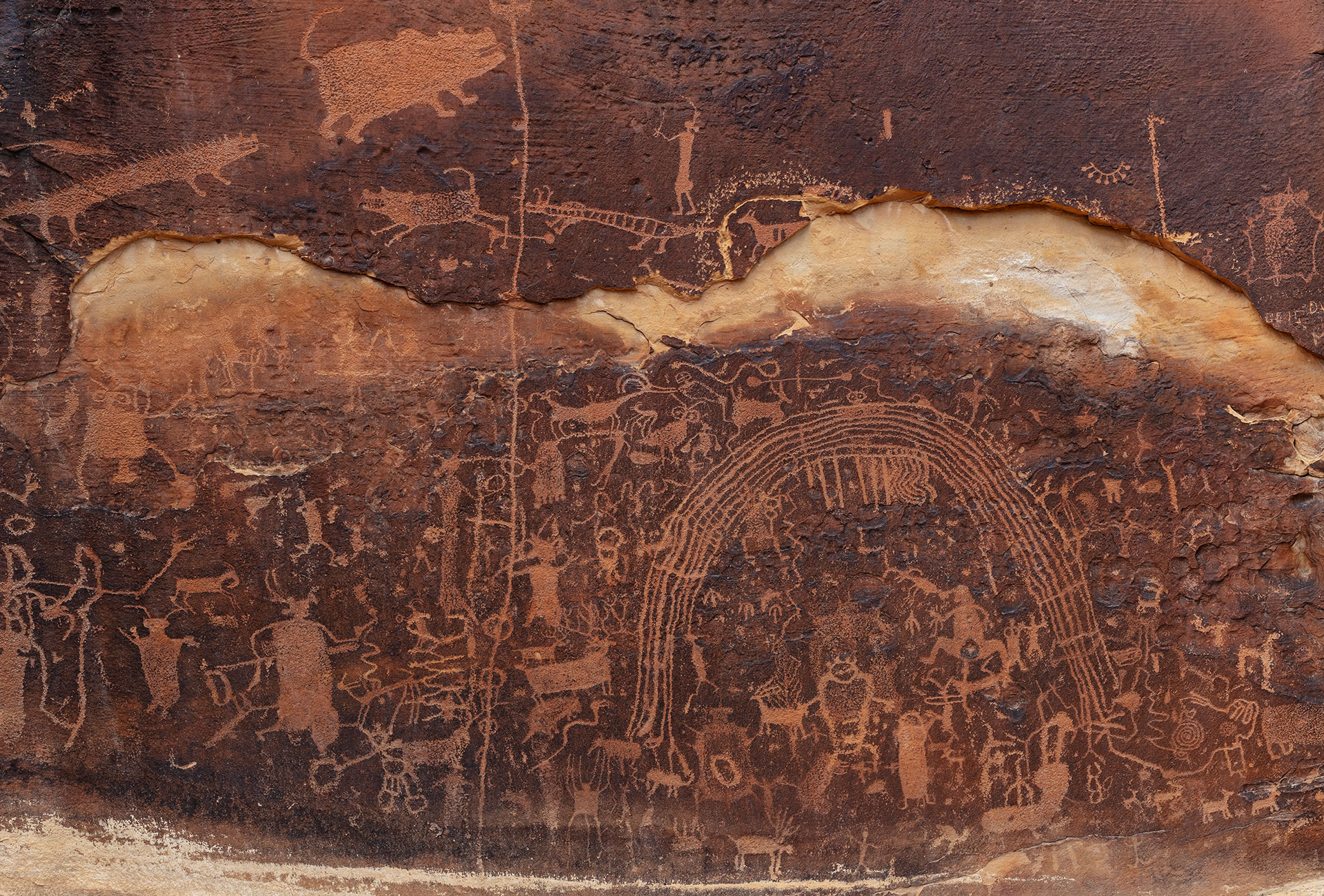
Rochester Creek Panel, Utah
The Rochester Creek Panel, located within the San Rafael Swell has rock art experts divided as to if it belongs to the Fremont Culture or the earlier Barrier Canyon Culture. The site is one of the most unusual and detailed rock art sites in Utah.
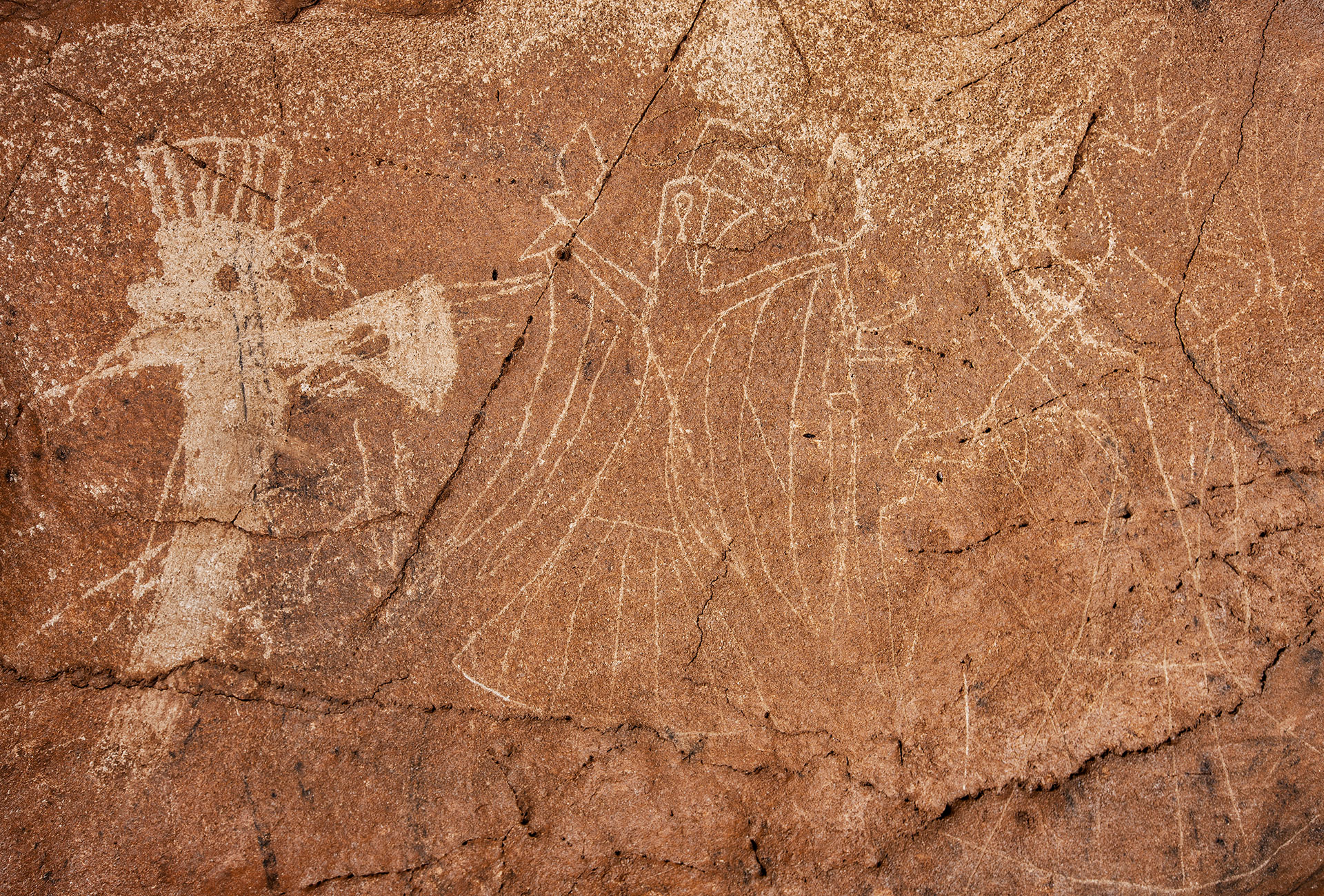
Devilstep Hollow, Tennessee
Devilstep Hollow Cave is a major cave at the Head of the Sequatchie State Park in Tennessee. The cave is a Mississippian era ceremonial site. The people who used Devilstep left behind artwork as part of their ceremonial practice. Mississippian people used Devilstep sometime between 1000 and 1300.
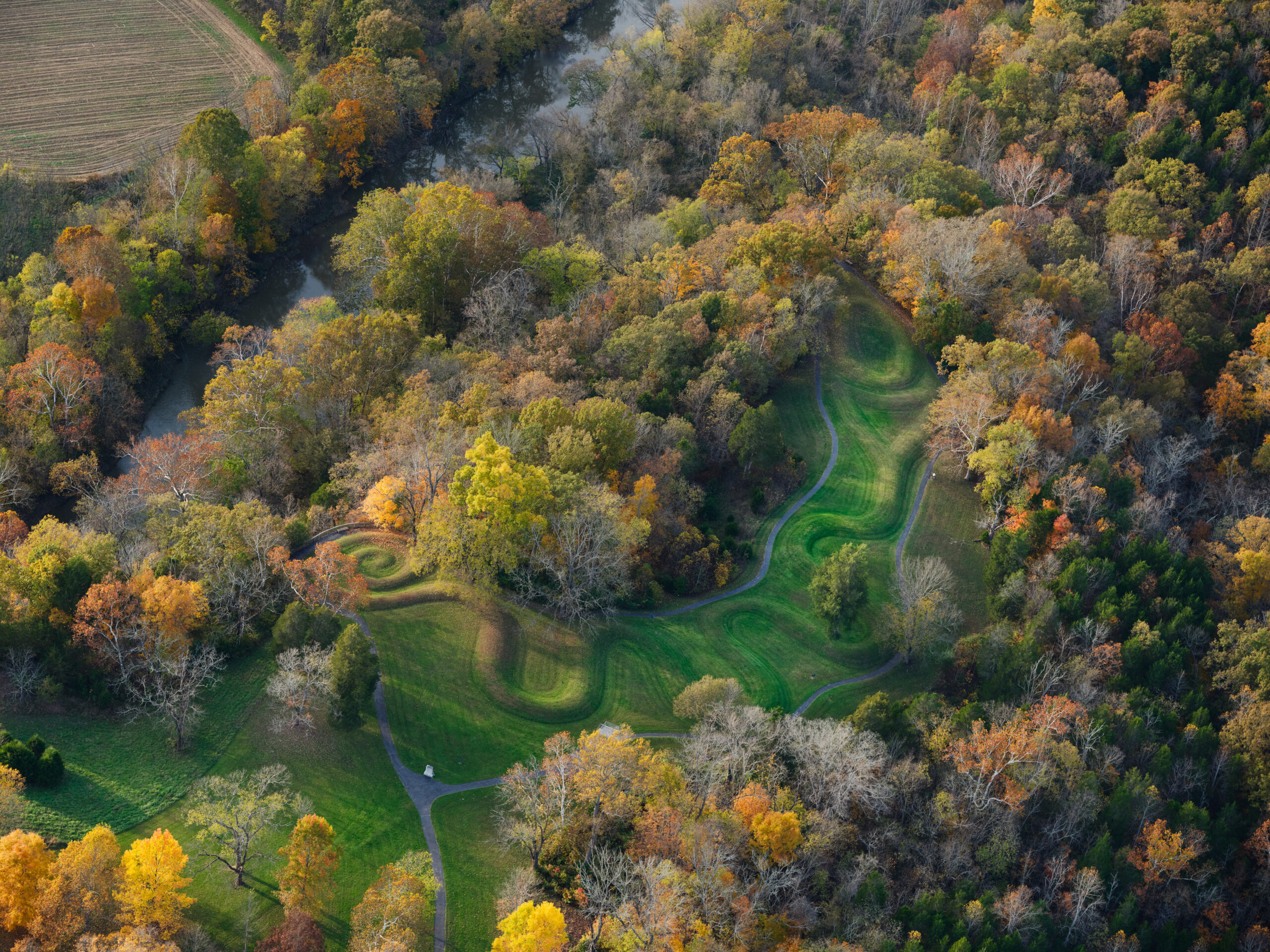
Great Serpent Mound, Ohio
Serpent Mound is an internationally known National Historic Landmark built by the ancient American Indian cultures of Ohio. It is an effigy mound (a mound in the shape of an animal) representing a snake with a curled tail. Nearby are three burial mounds—two created by the Adena culture (800 B.C.–A.D. 100), and one by the Fort Ancient culture (A.D. 1000–1650).
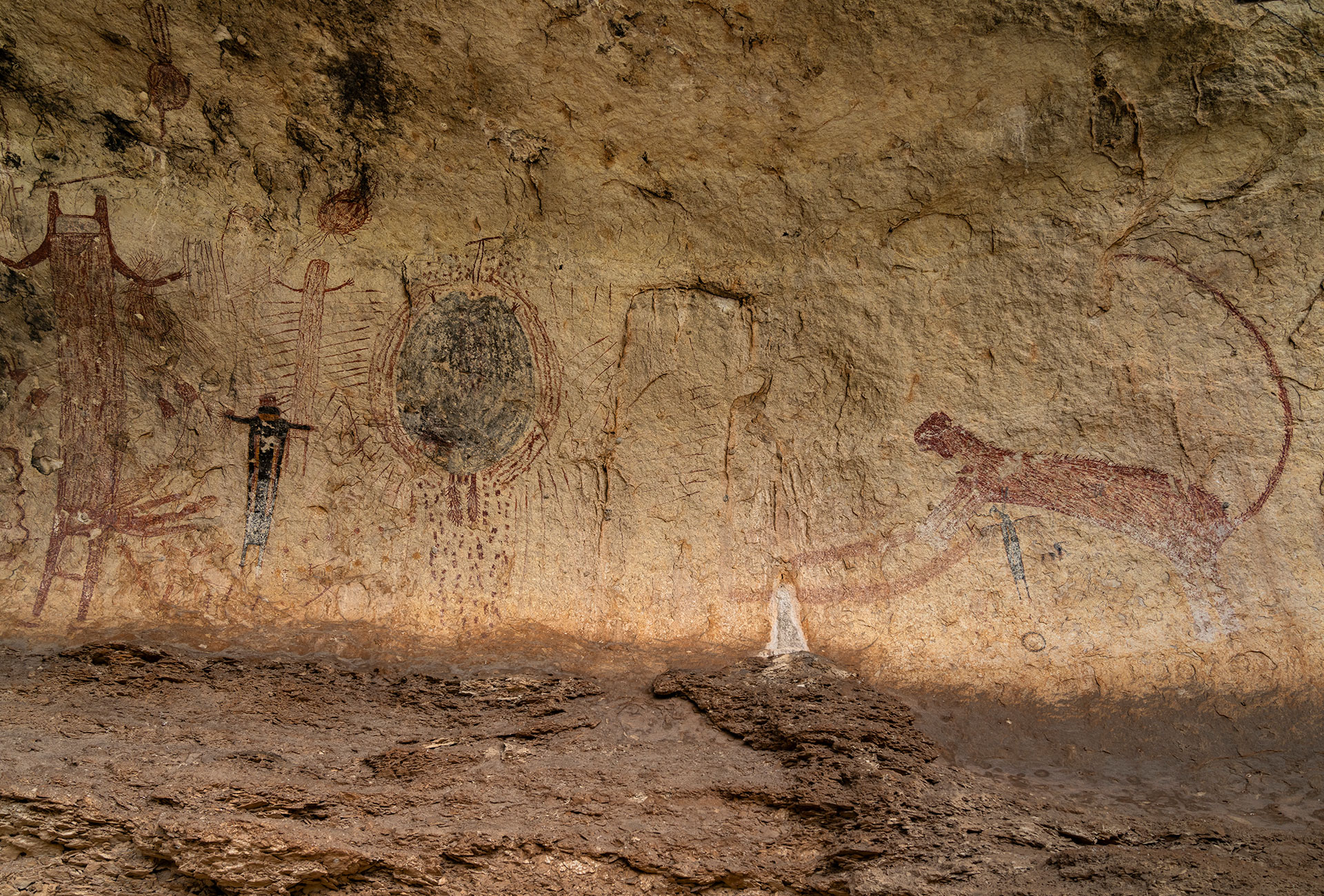
Seminole Canyon, Texas
Nestled along the United States-Mexico border in southwestern Texas and northwestern Coahuila, the Lower Pecos River Archeological region encompasses an area of about 7900 square miles. Though this cultural region is fairly small, more than 2,000 archeological sites have been recorded. These sites cover a time span from the 19th century to over 10,000 years ago. Over 325 pictograph sites have been documented containing some of North America’s oldest and largest pictographs.
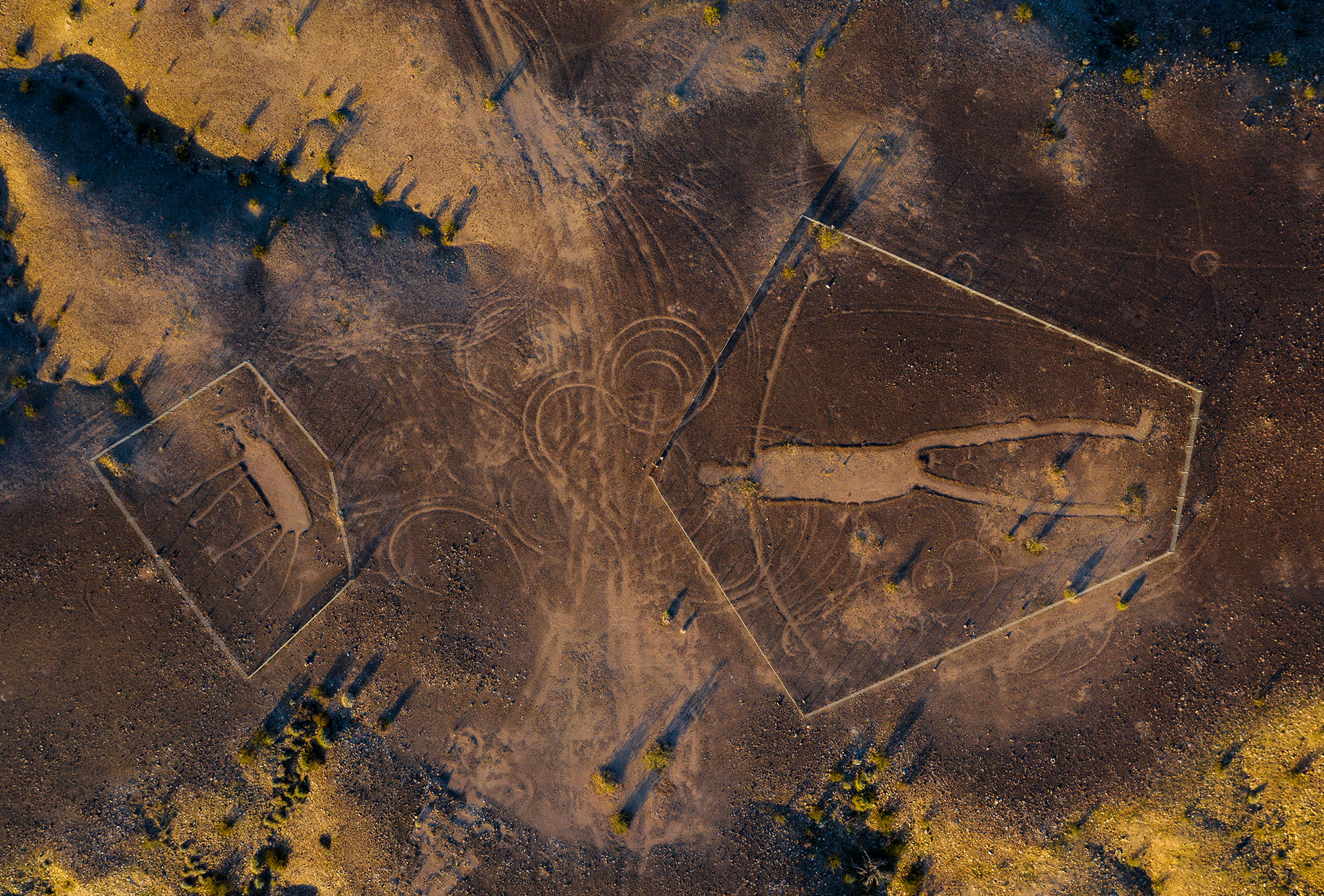
Blythe Geoglyphs, California
There are a total of six distinct figures in three locations, including a human figure at each location and an animal figure at two locations. The largest human figure measures 171 feet from head to toe. Their age is in between 450 and 2,000 years old. According to the Mohave and Quechans, natives to the lower Colorado River area, the human figures represent Mastamho, the Creator of all life. The animal figures represent Hatakulya, one of two mountain lions/persons who helped in the Creation. In ancient times, sacred ceremonial dances were held in the area to honor the creation.
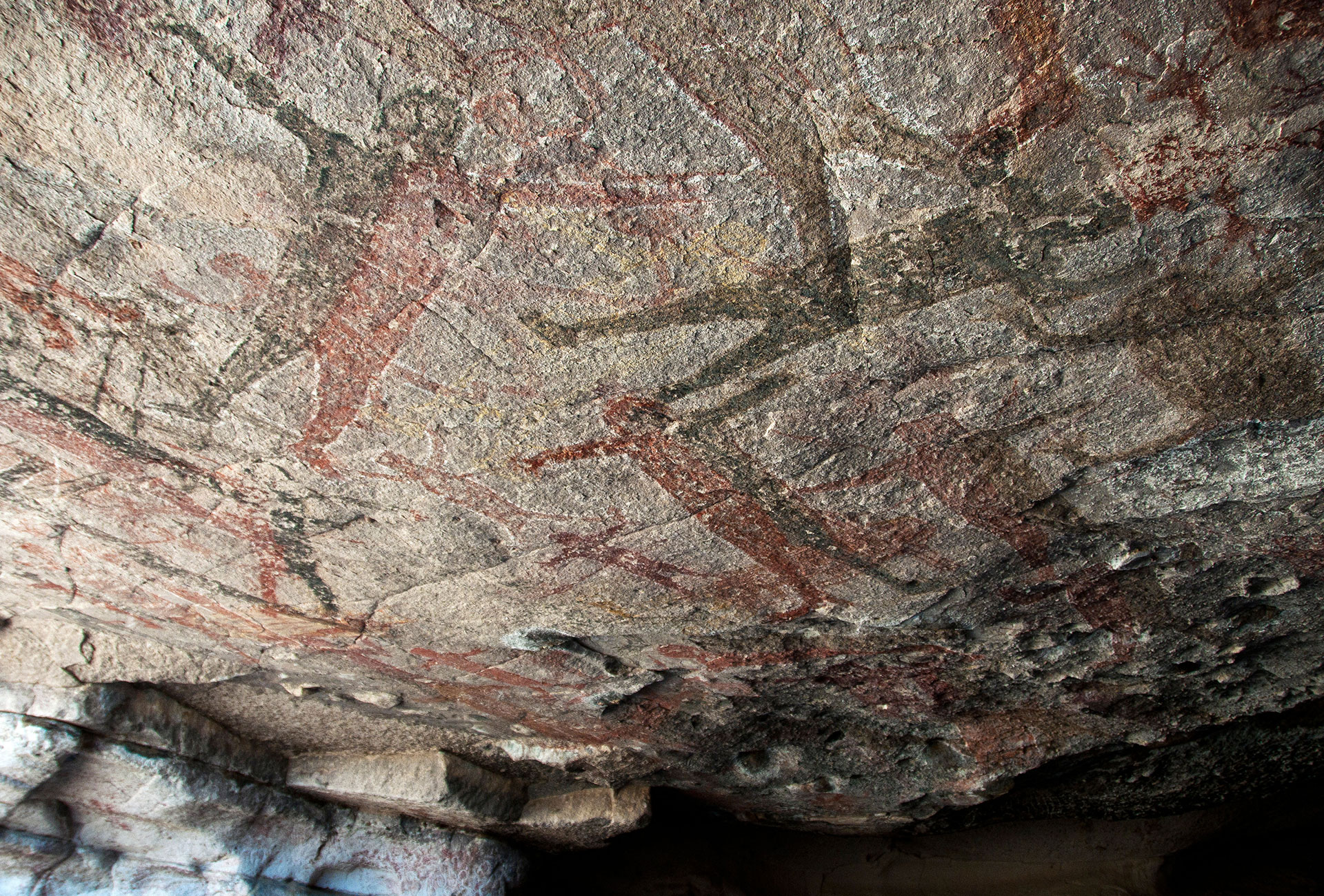
San Francisco Great Mural Region, Baja, MX
The central part of Baja California peninsula is a region of Mexico that concentrates one of the most extraordinary repertoires of rock art in the country, the Rock Paintings of the Sierra de San Francisco. The region is insular-like and kept the native peoples relatively isolated from continental influences, allowing the development of local cultural complex. One of the most significant features of the peninsular prehistory is the mass production of rock art since ancient times and the development of rock art tradition of the Great Murals.
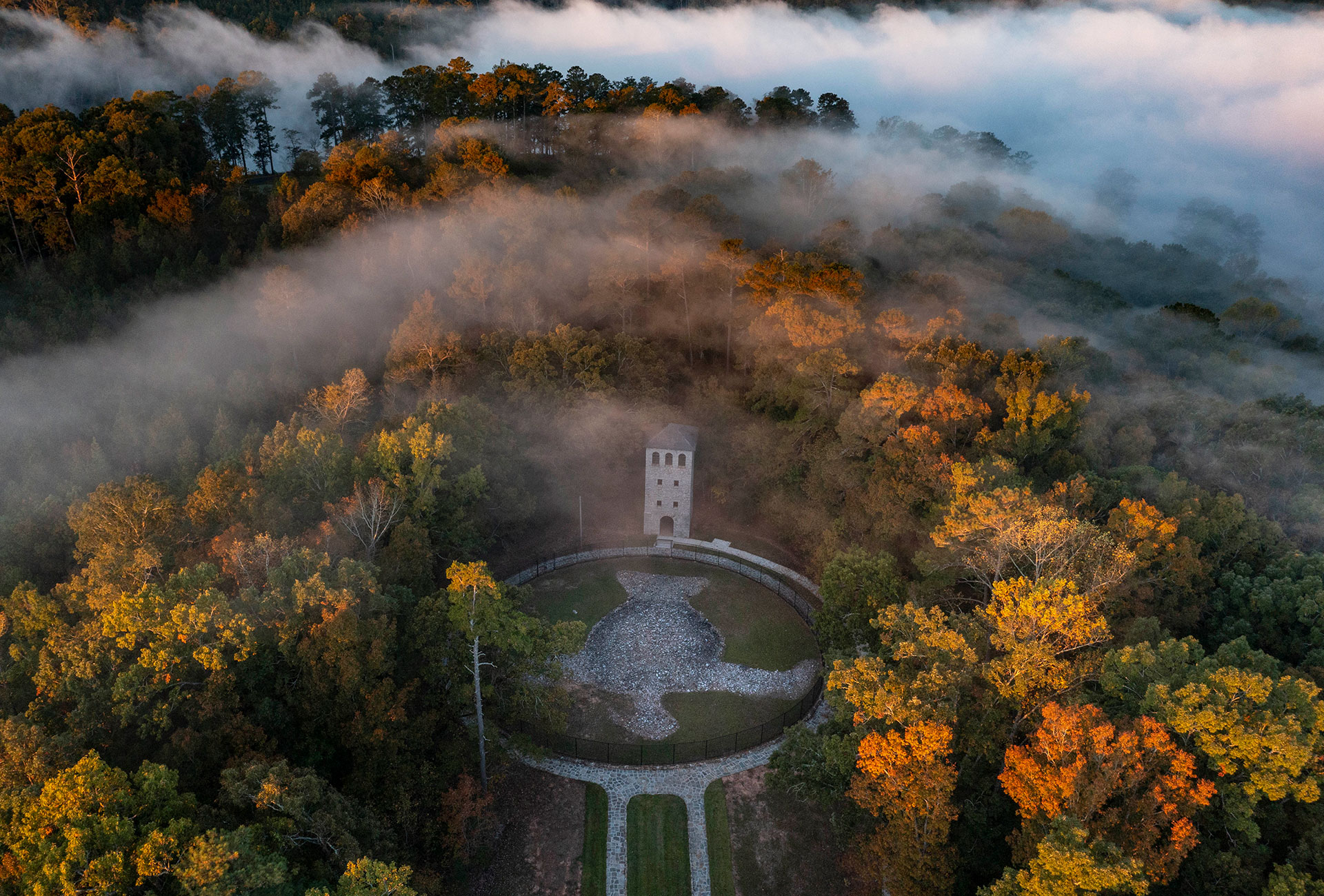
Rock Eagle Effigy Mound, Georgia
Rock Eagle is a large effigy mound in Putnam County, Georgia. It was constructed sometime between 1,000 and 3,000 years ago. A stone tower constructed on the site allows for elevated viewing of this huge structure.
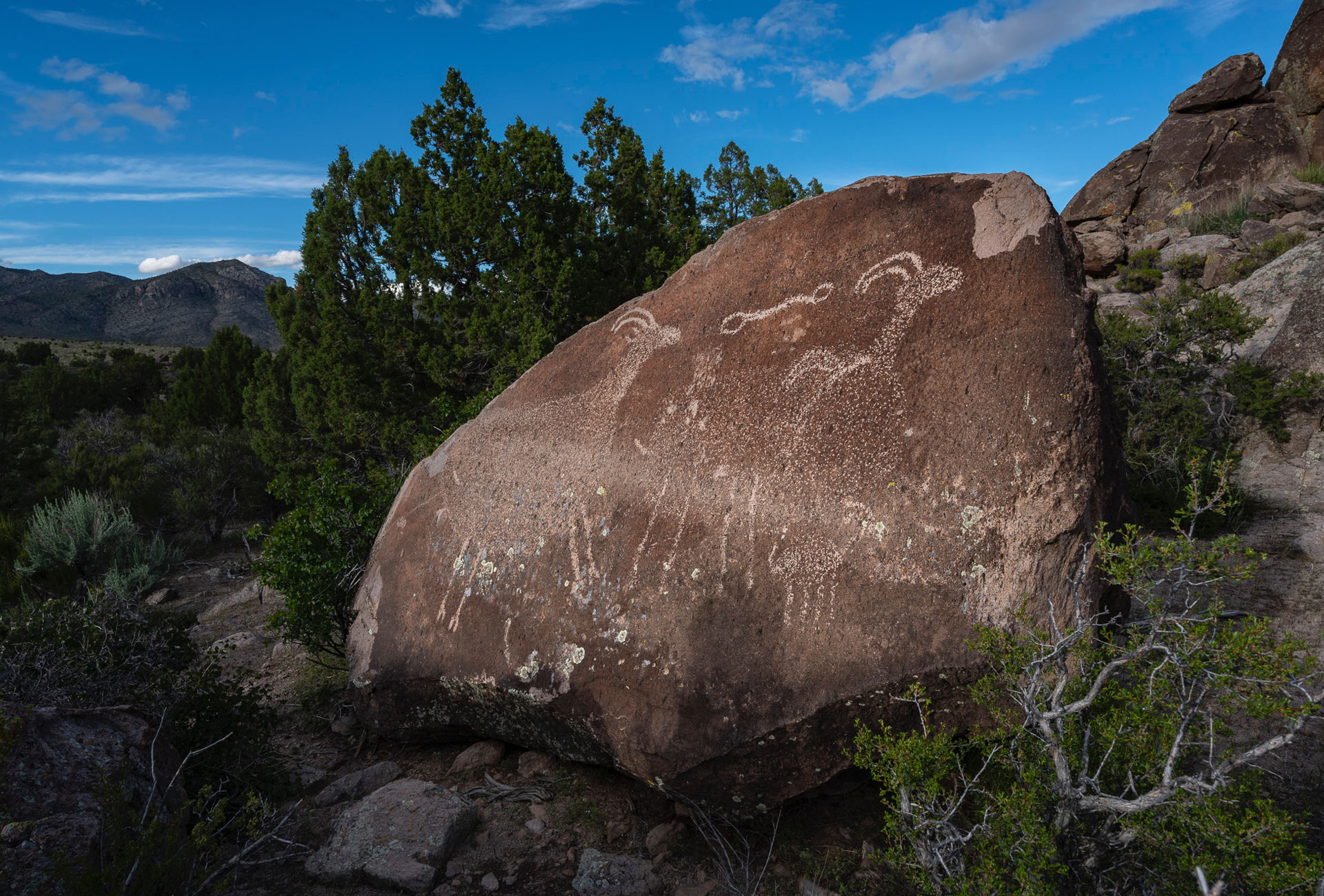
Mt. Irish, Nevada
The Mount Irish Archaeological District, located on the eastern flank of the Mount Irish Range, is one of the most important archaeological areas in eastern Nevada. The District covers 640 acres and provides a vista of prehistoric rock art and habitation sites, set in a dramatic landscape of tuff (volcanic ash) knolls and outcrops, alluvial fans, and washes. The District is best known for spectacular rock art that portrays the cultural lives of the Native American peoples who used the area some 4,000 years ago to the nineteenth century.
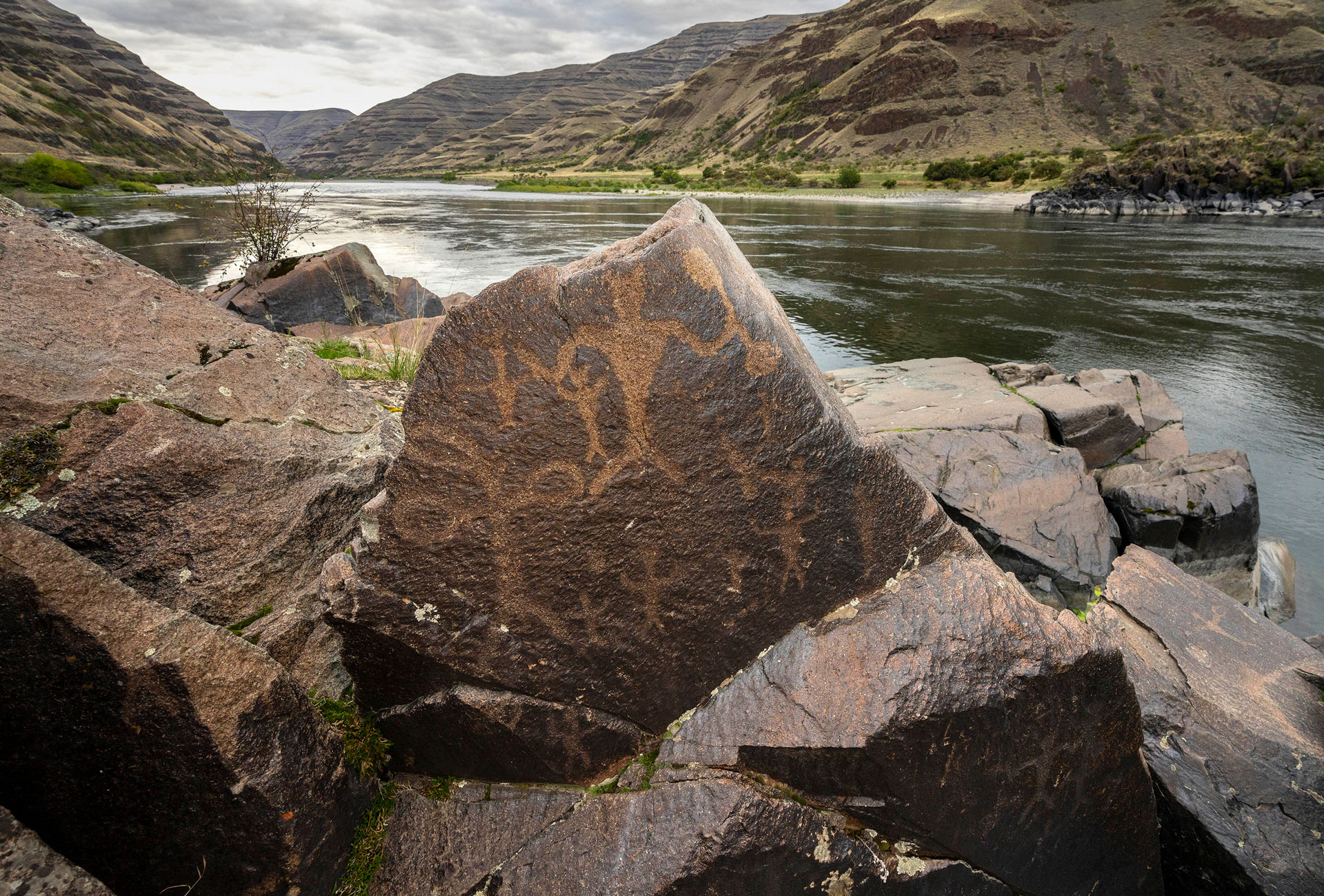
Buffalo Eddy, Washington/Idaho
Long before Europeans or Americans first set foot in this country, the Nez Perce left behind vivid evidence of their association with this land. On either side of an eddy formed by a series of sharp bends in the Snake River, are densely grouped clusters of petroglyphs and pictographs. Known as Buffalo Eddy, the unique petroglyphs contain hundreds of distinct images that possibly date from as early as 4,500 years ago.
Buffalo Eddy Petroglyphs are part of the Nez Perce National Historic Site.
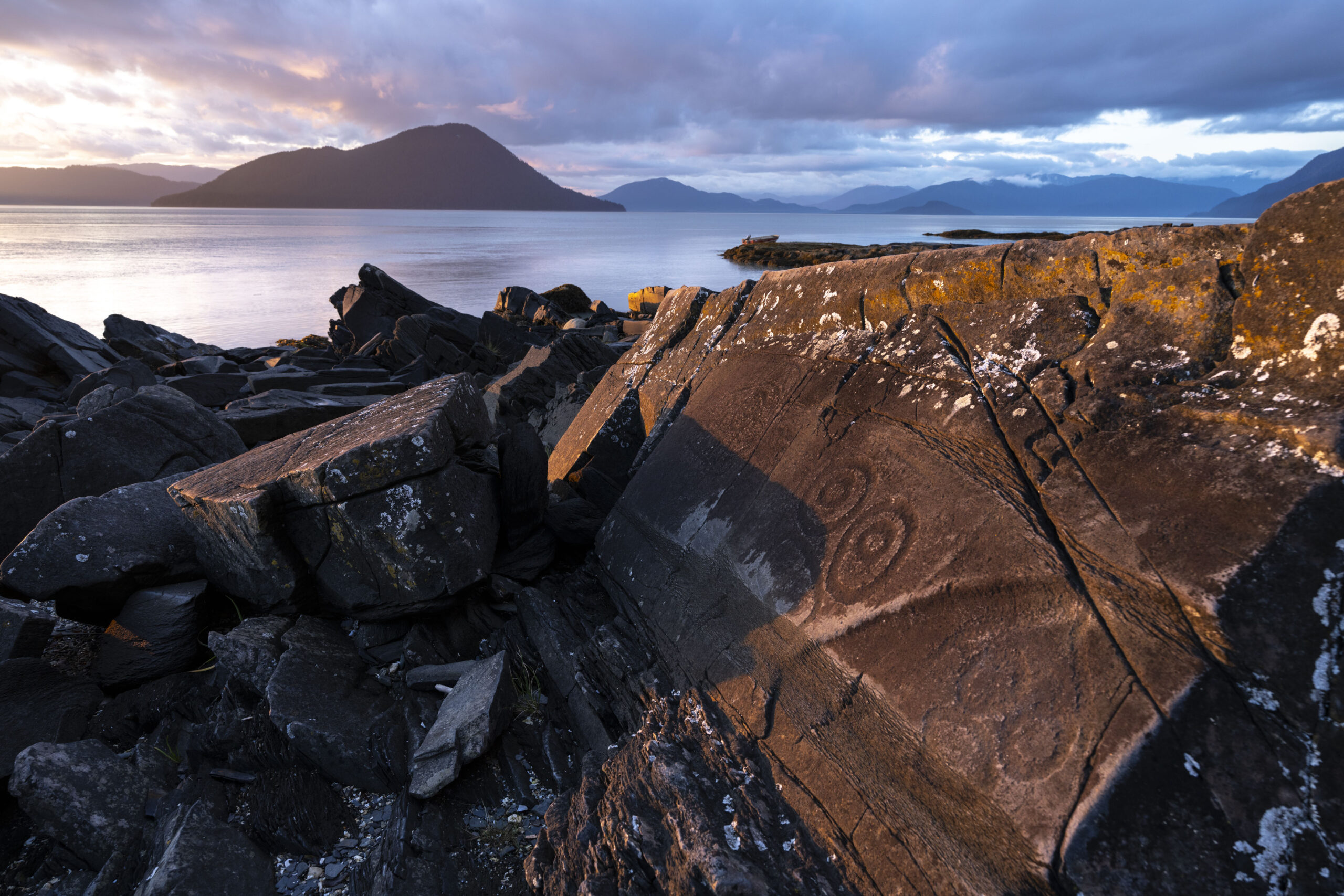
Petroglyph Beach State Historic Park, Alaska
Petroglyph Beach in Wrangell has the highest concentration of petroglyphs in the southeast region of Alaska. The beach is a little over a mile out of town, and became a State Historic Park in 2000. At least 40 petroglyphs have been found in the area. The site itself is about 8000 years old. There is an accessible boardwalk to a deck overlooking Petroglyph Beach, the Stikine River and Zimovia Straits. Replicas of several designs are displayed on the deck for visitors to make rubbings on. Access to the beach is provided directly from the deck overlook.